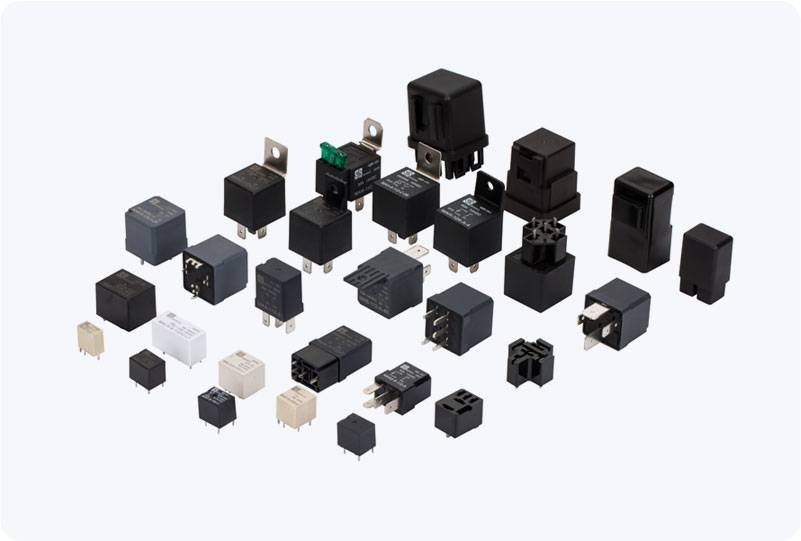The Dual Relay Module is a versatile and widely used component in the world of electronics, especially for automation projects. It allows users to control high voltage devices with a low voltage signal, making it a crucial tool for anyone working with microcontrollers such as Arduino or Raspberry Pi. In this article, we will delve into what a Dual Relay Module is, its key features, applications, and why it is an essential component in many electronic projects.

What is a Dual Relay Module? A Dual Relay Module is an electronic device that contains two relays. These relays are switches that are activated by a low-voltage signal to control high-voltage devices. The relays in the module can independently control two separate electrical circuits, which makes it a highly practical solution for controlling multiple devices. While the module is usually powered by a low-voltage source (typically 5V or 3.3V), the relays themselves are capable of switching much higher voltages, typically up to 250V AC or 30V DC, depending on the specifications of the module.